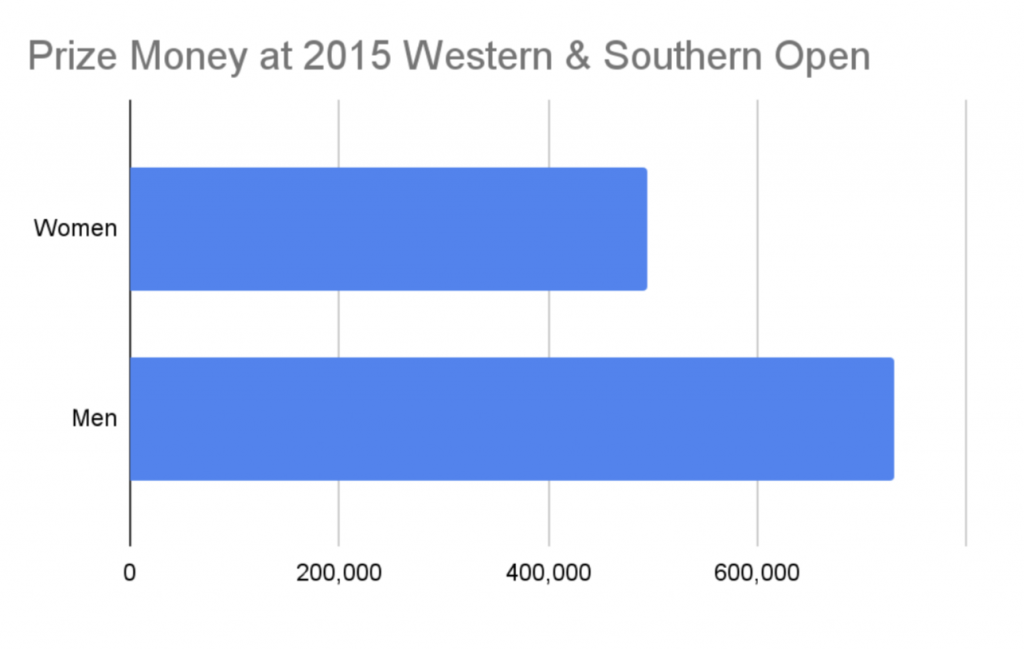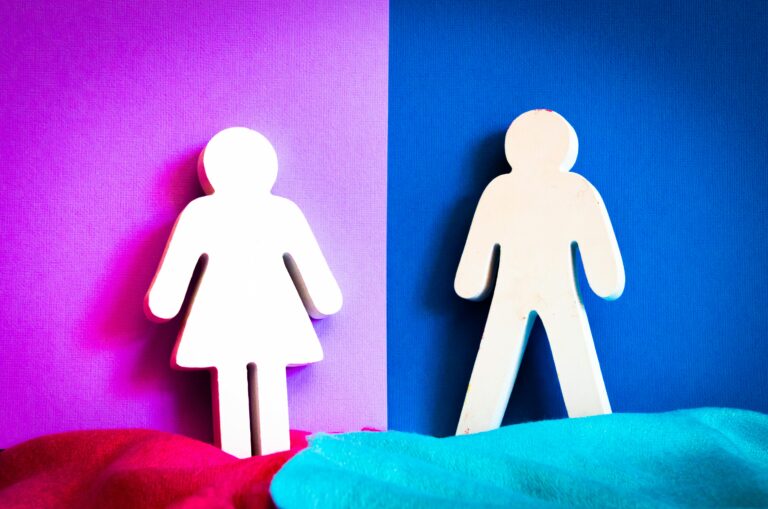Disparity in Professional Sports: The Fight for Equal Pay in Tennis
In 2018, Serena Williams faced rising tennis star Naomi Osaka at the US Open in the women’s singles final. According to Signal Al, this match had 1.04 million more viewers than the men’s final, played between top players Novak Djokovic and Juan Martin del Potro. When discussing the issue of equal pay for men and women in professional sports, the argument that is often brought up is the revenue brought in by women compared to men. Essentially, people against equal pay for men and women claim that men’s sports bring in more viewers than women, which brings in more revenue, so it is justified that men be paid more than women. And though this is the case for some professional sports, tennis is not one of them.
History of Equal Pay in Tennis at Grand Slam Tournaments
While all four major Grand Slam tournaments have paid equal prize money to both men and women for over a decade, many of the smaller tournaments scattered between these Grand Slams have yet to adopt this policy. The US Open was the first Grand Slam tournament to pay the men and women players equal prize money, which started in 1973. But this did not happen out of the generosity of the US Open board. It took American tennis star, Billie Jean King, threatening to boycott the tournament altogether in 1973 to get the tournament to pay equal prize money to both men and women.
The 1973 finals of the US Open had singles winners (for both men and women) winning $135,500, which is a far cry from what players make at the tournament now. In the 2018 US Open Finals, the US Open official website states that the prize money awarded for the singles winner (for both men and women) was $3,800,000, and for the runner-up, it was $1,850,000.
According to ESPN, the Australian Open officially enacted equal prize money for men and women in 2001. The French Open followed suit in 2006. The last Grand Slam tournament to enact this policy was Wimbledon in 2007, the oldest and most prestigious tournament of the four.
Equal Pay at the Western & Southern Open
Outside of the 4 Grand Slam tournaments, women tennis players are still fighting for equal pay for their prize money in tournaments. An article from CNBC reports that as per The New York Times, “the annual prize money for the top 100 earners in the Women’sWomen’s Tennis Association (WTA) is roughly 80 cents to every dollar earned by the top 100 men in the Association of Tennis Professionals (ATP).” Some specific tournaments show the pay disparity between men and women players, like the Western & Southern Open in Ohio. In 2015, Serena Williams won the tournament for women and was paid $495,000. Meanwhile, Roger Federer won the tournament for men, and he was paid $731,000.

What is the Argument Against Equal Prize Money for Men & Women?
This is significant considering men’s and women’s matches are sold under the same ticket, meaning you buy one ticket for the day to see all the matches being played on the grounds. Thus, paying men and women different prize money has nothing to do with revenue since people pay the same regardless of what matches they choose to see the day they have a ticket.
Some people argue that women should not be paid as much simply because the length of the matches is shorter. This is because women must win two sets to win, and if each player wins a set, then the winner will be determined in the third set. For the men, the winner must win three sets, so if each player wins two sets during a match, the match is determined by whoever wins the fifth set. Thus men, on average, play more sets than women. But there’s a reason behind the difference in the sets: intensity. For a women’s match, three sets allow for an intense competition that allows both players to show their ability. For men, these three sets wouldn’t be enough intensity to allow for the best competition, so they play in 5 sets.
Women Continue on the Fight for Equal Pay in Tennis
It is hard to believe that in an environment like today, where women’s tennis is so popular and arguably more so than men, women are still fighting for equal pay in tennis. Many of these smaller tournaments attract fans worldwide to see both the best men and women players compete. Players like Serena Williams and Naomi Osaka have attracted people to watch tennis who otherwise wouldn’t due to their dominance and undeniable talent both on and off the court. While the Grand Slam tournaments have solidified their progress in paying men and women players the same, the smaller tournaments globally have a lot of catching up to do. As dominant female players continue to voice their struggle and push for progress in diversity, more of these tournaments will hopefully change their policy for good.





